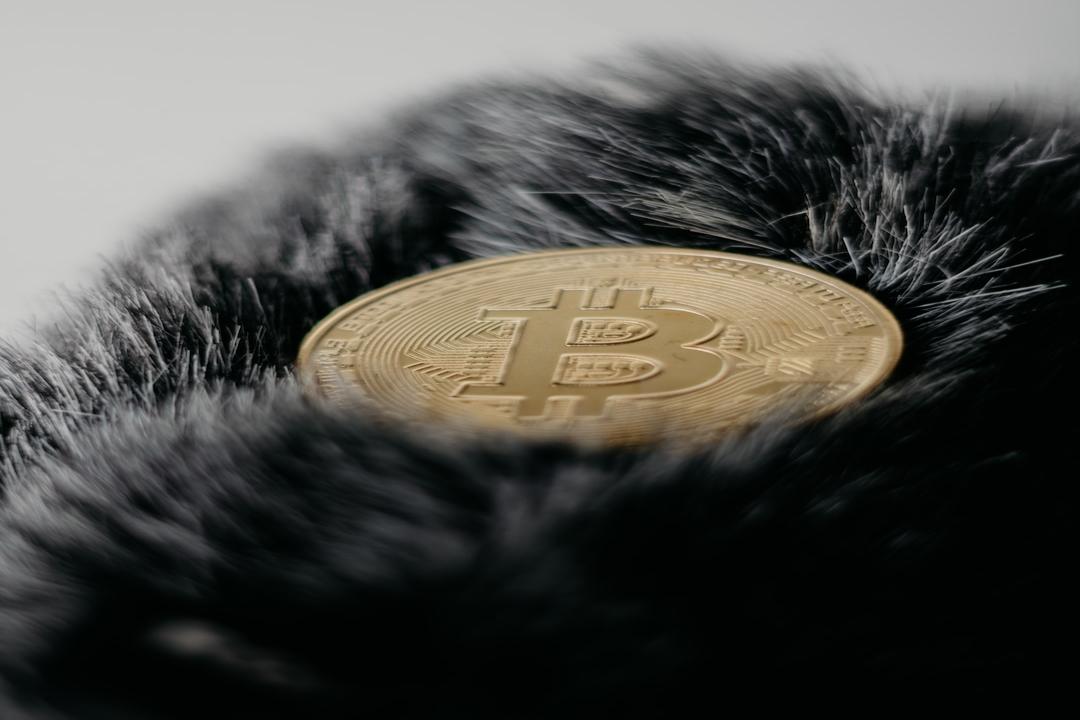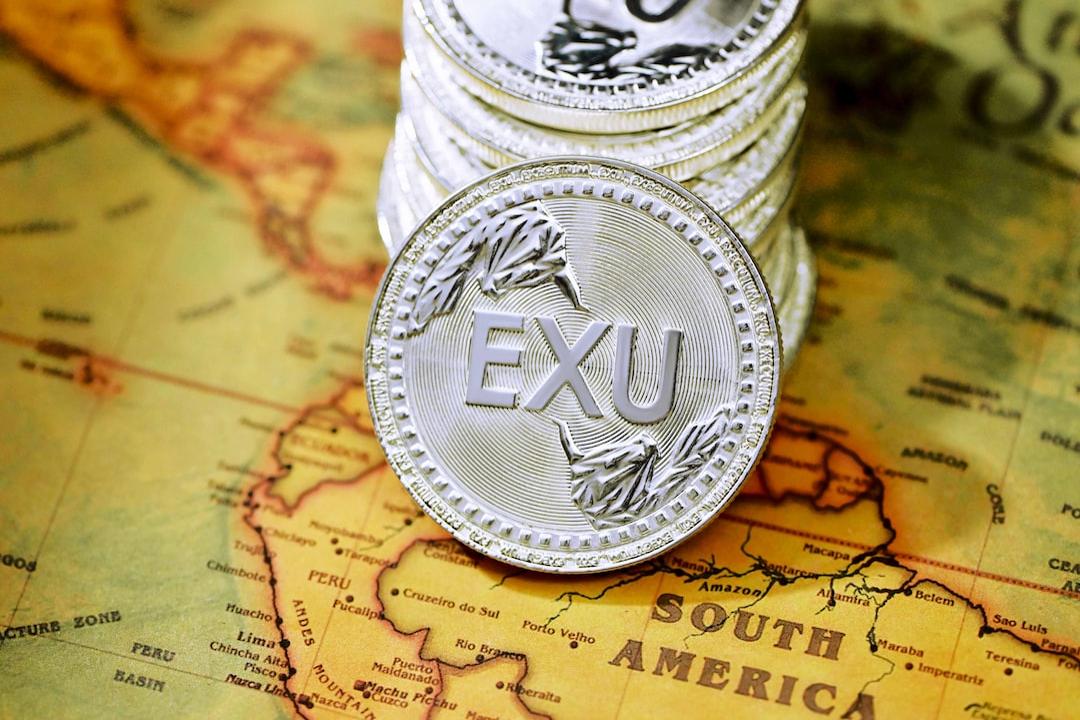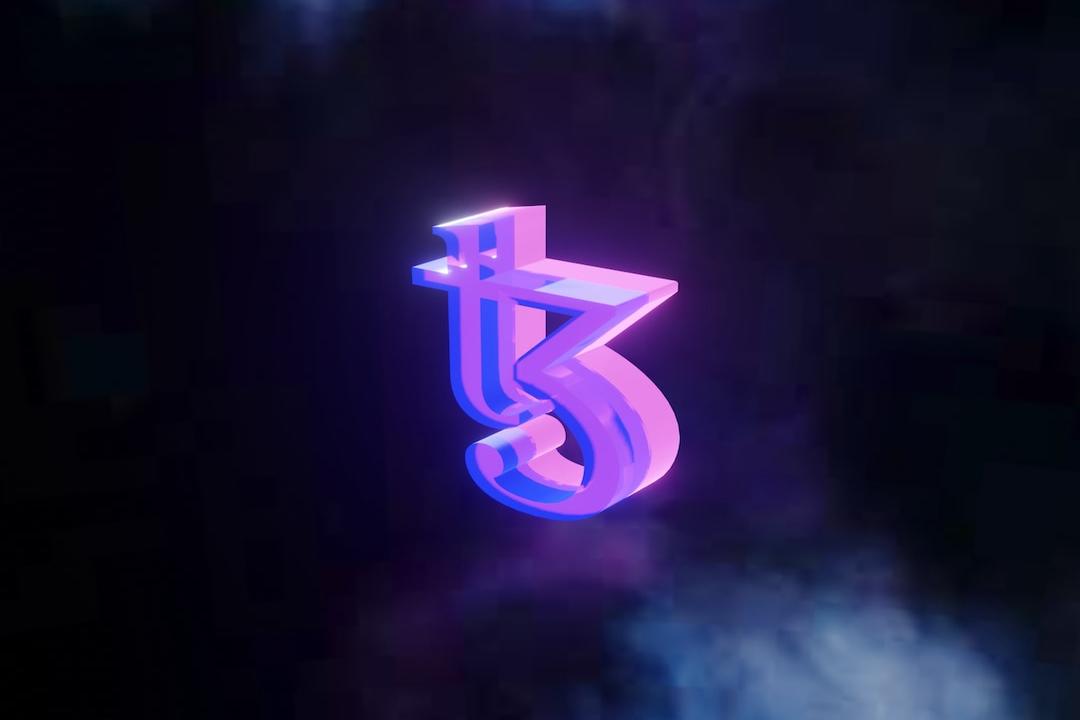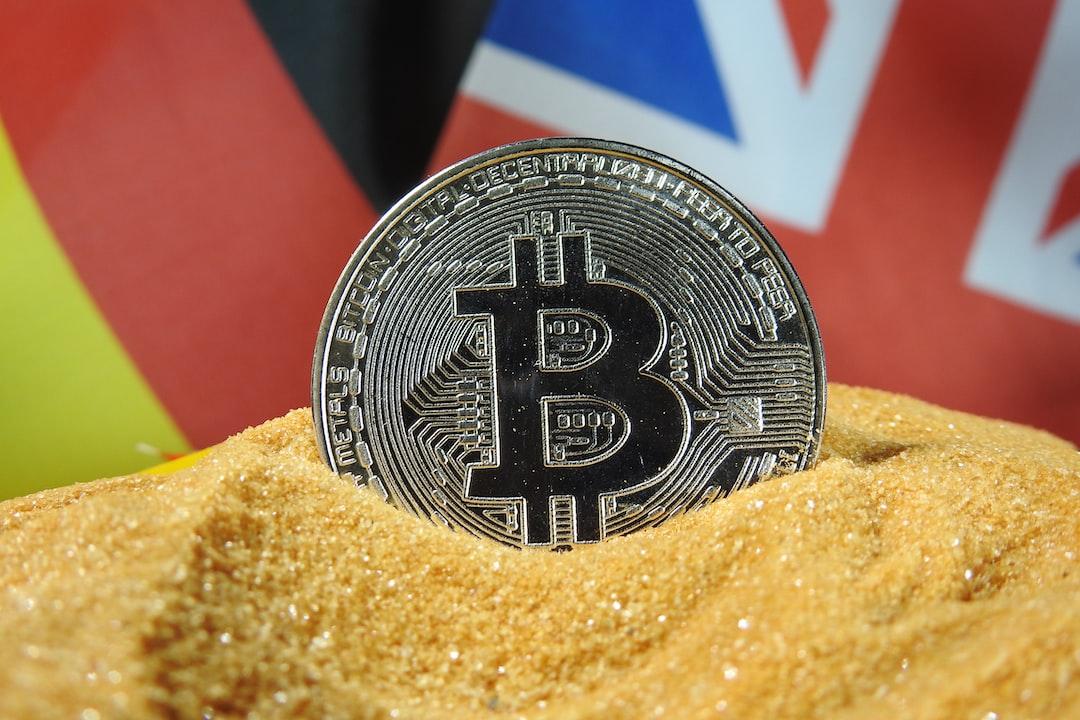In the past week, Ethereum has performed remarkably well, reaching $3,442 yesterday, marking a four-month high with a cumulative increase of over 31%. This surge in price has drawn market capital and attention back to Ethereum; however, the funding rate has simultaneously hit an eight-month high, prompting investors to be cautious about the risk of a price correction below $3,200.
(Background summary: Is ETH ready for takeoff? The net inflow of U.S. Ethereum spot ETFs reached $295 million in a single day, setting a historical record.)
(Supplementary background: Amidst the “chain issuance frenzy,” Ethereum domain names will launch their own L2 “Namechain” next year, causing ENS to surge over 20%.)
Since Trump’s election as president, the cryptocurrency market has been on an upward trend, with Ethereum hitting $3,442 yesterday (12th), a new high since July, having surged over 31.3% in the past week.
In the last 12 hours, Ethereum has continued to oscillate between $3,200 and $3,300, reporting $3,275.8 before the deadline, reflecting a 1.41% decline over the past 24 hours.
Ethereum’s impressive performance in the past week has led to a resurgence of market capital flowing back into Ethereum, while investors are closely monitoring the risk of a potential pullback below $3,200.

During the rebound period of the past 7 days, the ETH positions in the futures market have increased. Data from CryptoQuant indicates that the total open interest (OI) for Ethereum in the derivatives market surged from 9.8 million ETH on November 5 to 13.2 million ETH on November 11, marking a historical record with a growth rate of 34.69%.
Although the high OI suggests that volatility may be greater and investors need to exercise caution, many traders have expressed optimism. Trader Alan tweeted: “ETH has finally reached a new high in the volume of open contracts in futures, indicating that interest in this king of altcoins is finally back.”
Trader Olek, holding a similar viewpoint, pointed out that the continuously rising OI for Ethereum signifies increased liquidity and market participation. He added:

On the 10th, Ethereum briefly outperformed Bitcoin, attracting more market capital towards Ethereum, with trading volume at one point exceeding that of Bitcoin.

Amidst the visible increase in Ethereum’s price, activities on the Ethereum chain have also risen, with the daily active addresses (DAA) increasing from 306,751 on November 5 to 388,350 on November 12, growing by 26.6%.

Additionally, data from DappRadar shows that Dapp trading volume, transaction counts, and NFT trading volume on the Ethereum chain have surged by 41.18%, 11.33%, and 89.02% respectively over the past week, indicating active network activities on Ethereum, which will support its price.

Ethereum’s impressive price increase has also attracted traditional financial capital. Data from SoSoValue shows that the total net inflow for Ethereum spot ETFs reached $295 million on November 11, setting a record for the largest single-day net inflow in history, surpassing the previous record of $106 million set on the day the Ethereum spot ETF launched on July 23.
CoinShares data also indicates that in the week ending November 8, the total inflow for Ethereum-related investment products was $157 million, bringing the year-to-date inflow to $915 million, with managed assets reaching $12 billion. CoinShares commented:

The strong bullish demand for Ethereum has also led its eight-hour funding rate to soar above 0.054% (monthly 6.1%), reaching an eight-month high. Investors are questioning whether the excessive leverage in Ethereum futures could heighten the risk of its price further correcting below $3,200.

However, compared to March of this year when Ethereum broke the $4,000 mark, the peak funding rate at that time was 11% monthly, so the current funding rate is not considered excessive.
Furthermore, assessing trader sentiment from the perspective of the Ethereum options market can be done using the 25% Delta Skew indicator. This indicator primarily measures market participants’ demand for downside risk. When Delta Skew exceeds 6%, it indicates that arbitrage traders and market makers charge higher premiums for downside protection (put options), suggesting increased market concerns over downside risks. Conversely, when the Delta Skew indicator falls below -6%, it indicates a surge in market optimism. Data shows that Ethereum investors currently maintain a neutral stance, as the Delta Skew indicator has not fallen below -6%. This implies that although there has been a recent increase in market demand for Ethereum futures, this phenomenon does not reflect the overall market sentiment. If broader market sentiment exhibited greater optimism, a 6.1% monthly funding rate could pose a risk, but that is not the case at present.




